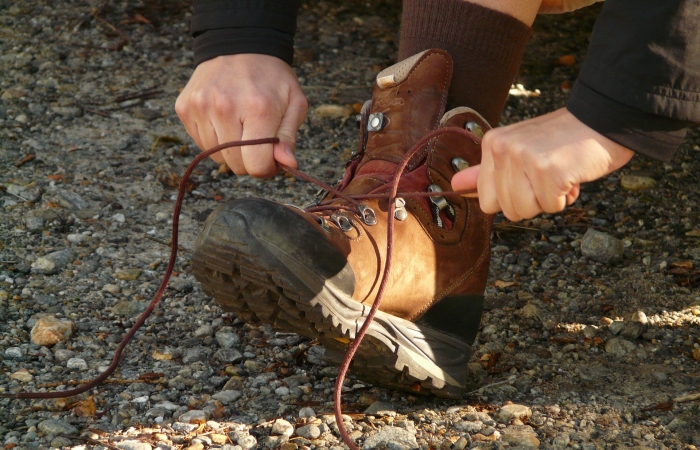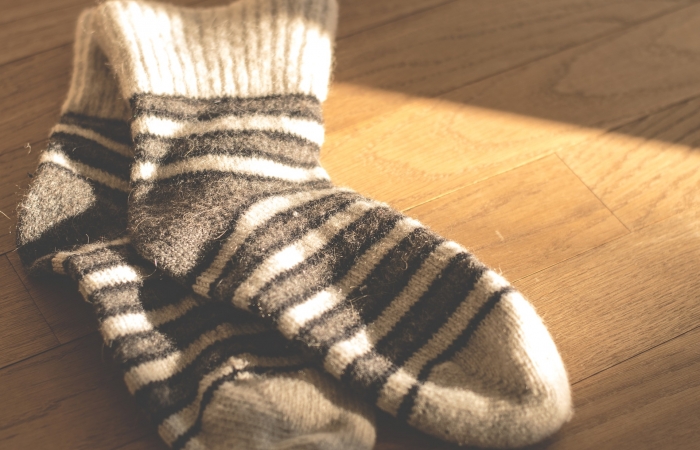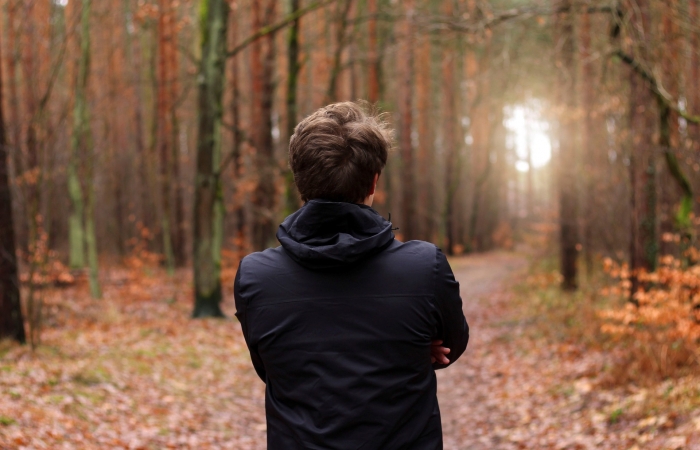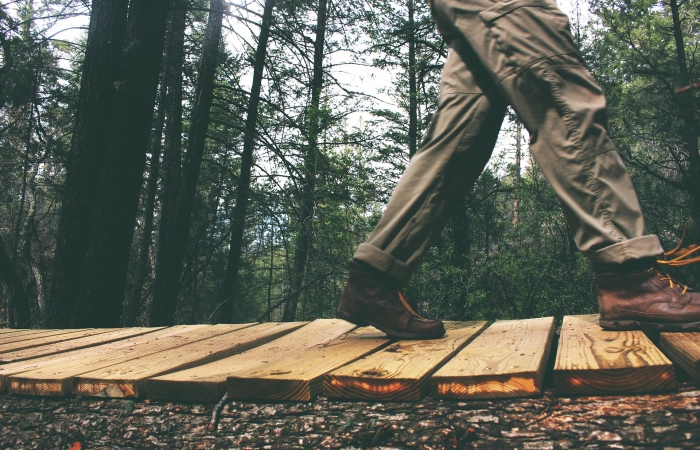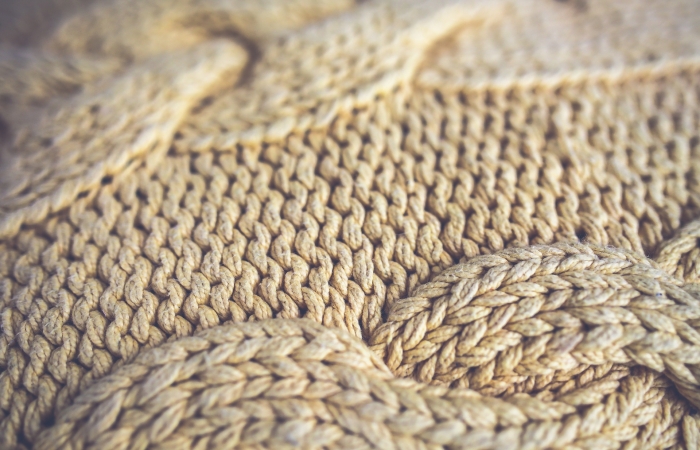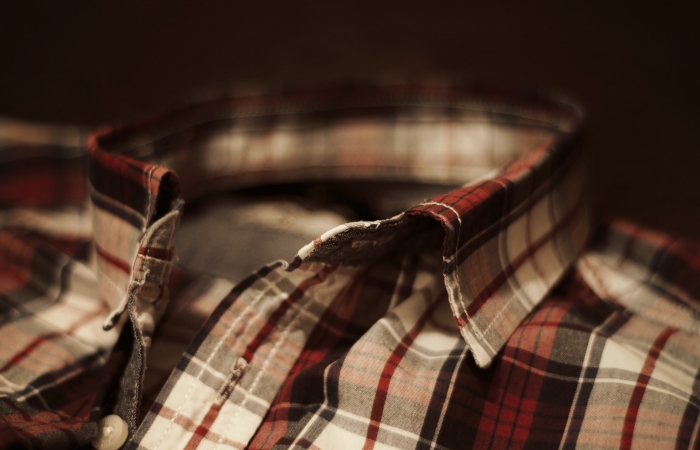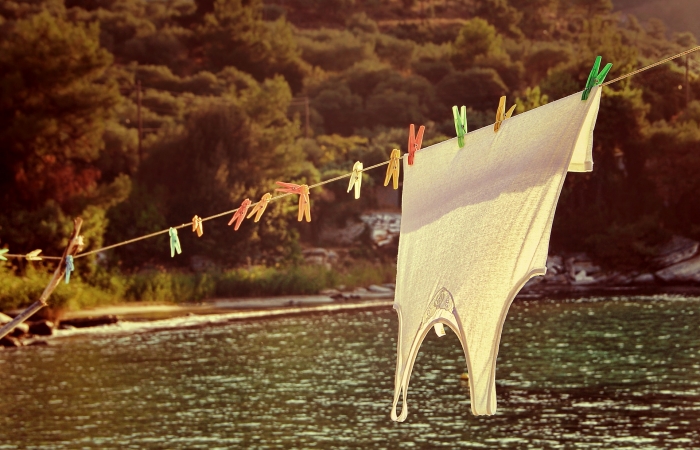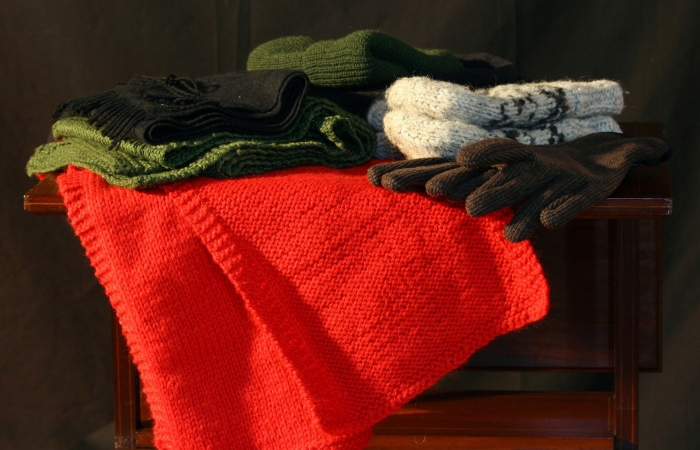Hiking clothes
What do I take with me on my hike? This is a question that some people may ask themselves before the hike. One should always – no matter if short or long hike – be well equipped. On this page we give you a short overview of the most important items of clothing that you should have in your hiking gear. Of course everyone should decide for themselves what they really need. It is best to get advice from a specialist shop. Because then you will be well equipped for your hike. You can find more tips for the perfect “hiking preparation” under: www.wandern.com
Hiking? Yes – with the right hiking clothing!
Our feet carry us everywhere, so hiking boots with a good fit and good material are especially important.
Depending on the area of application, hiking boots differ in profile, shaft height and material.
Class A: light shoes for everyday life and good hiking trails.
Classe B: ankle-high boots that offer good support are well suited for easy mountain tours.
Class C: robust shoes are suitable for demanding and pathless tours and glacier hikes.
Class D: very robust shoes, suitable for extreme tours.
The weight of the hiking shoes plays a big role, because the lighter the shoes, the more comfortable the walking.
You should make sure that your hiking boots are breathable and water-repellent.
Depending on the area of use, good hiking boots are between 100,00 – 400,00 EUR.
Important are also good stockings, because they are the connection between foot and shoe. Stockings serve to wick away sweat and warm at the same time. You can get hiking socks in different thicknesses, because even in summer you shouldn’t do without thin socks, because you can prevent blisters.
Convinced hikers are of the opinion that stockings should always be bought 1-2 sizes smaller than the actual shoe size, because this way they become a “second skin”.
Specifications about the water column only refer to the material. During heavy rain, water often penetrates the seams. An additional thin rain jacket makes sense, especially if the functional jacket is new and has not yet been tested in the rain.
A good pair of hiking trousers is breathable and stable. They should be wide enough to allow another pair of trousers to be pulled under them in cold weather. Jeans and leather trousers are only suitable to a limited extent. Pants made of synthetic materials such as polyester or a mixture of cotton and polyester have become generally accepted.
Whether short, half-long or long, the bet decides. In changeable weather, zippered trousers, which turn into short trousers by cutting off the trouser legs, have proven their worth. Experienced mountain hikers often wear knee breeches in combination with knee socks in summer.
In cool weather a warm sweater should also be carried in the luggage. Fleece sweaters or jackets have the advantage of keeping very warm at low weight. Wool sweaters warm up even better. However, these are noticeable in terms of weight.
Shirts have the advantage that they are thin and dry quickly. When temperatures rise, they can be unbuttoned and rolled up. But they should not be too tight and can be tucked into the trousers without slipping out when moving. Shirts and blouses made of functional fabrics are particularly breathable and do not stick to the skin at higher temperatures.
The underwear must also be breathable, because even the best hiking clothes are useless if the underwear, which lies directly against the body, makes you sweat. Underwear made of microfibre does not absorb moisture, but conducts it outwards. You should not save money on the wrong end of the scale, but choose functional underwear specifically for this purpose.





